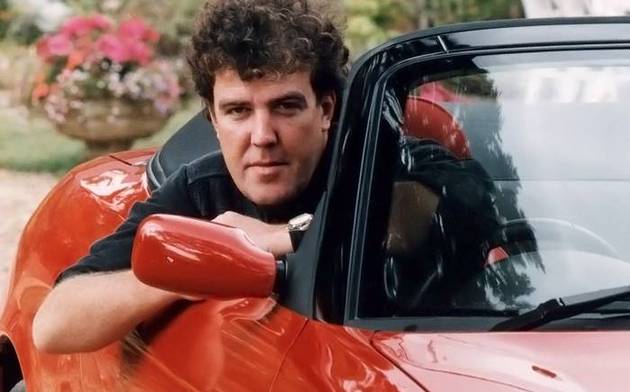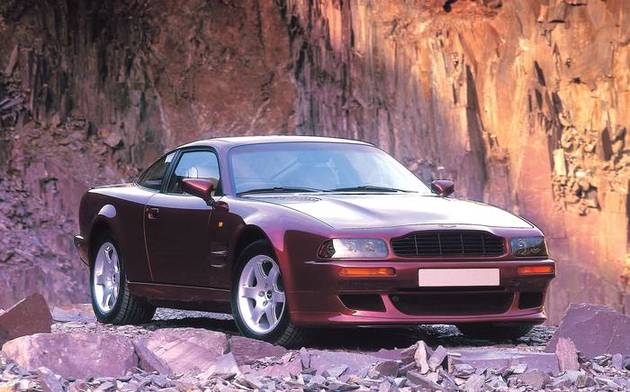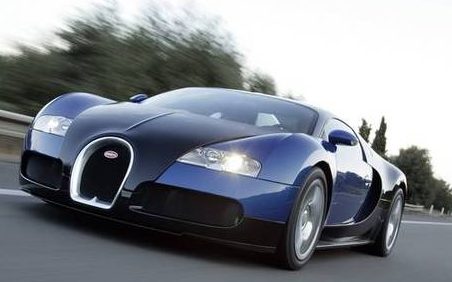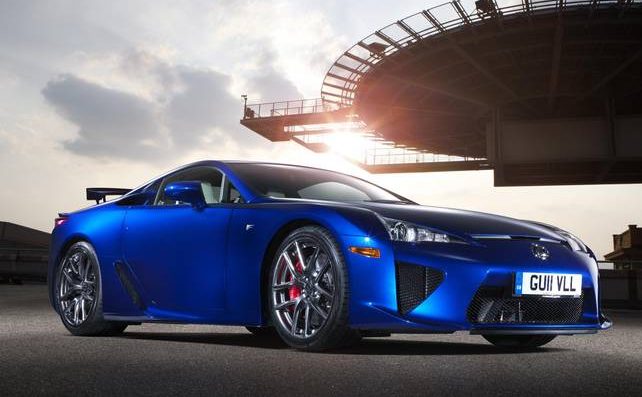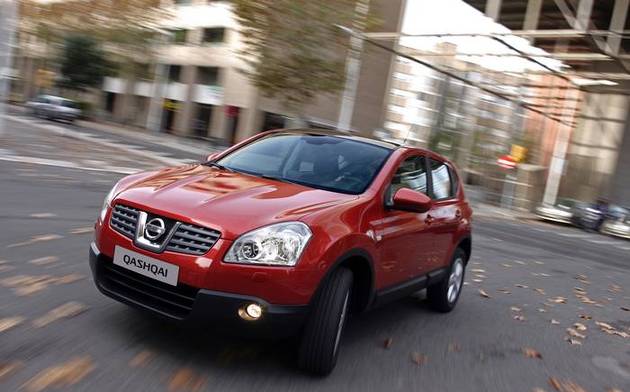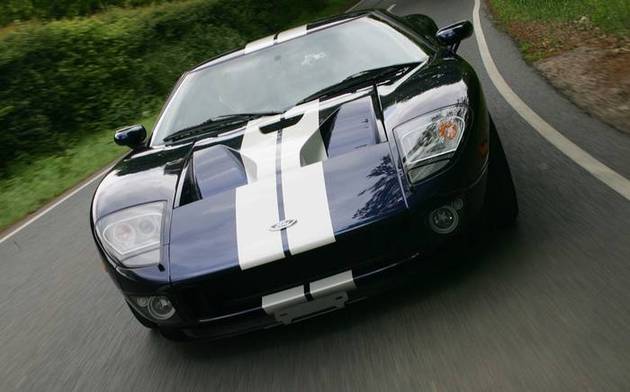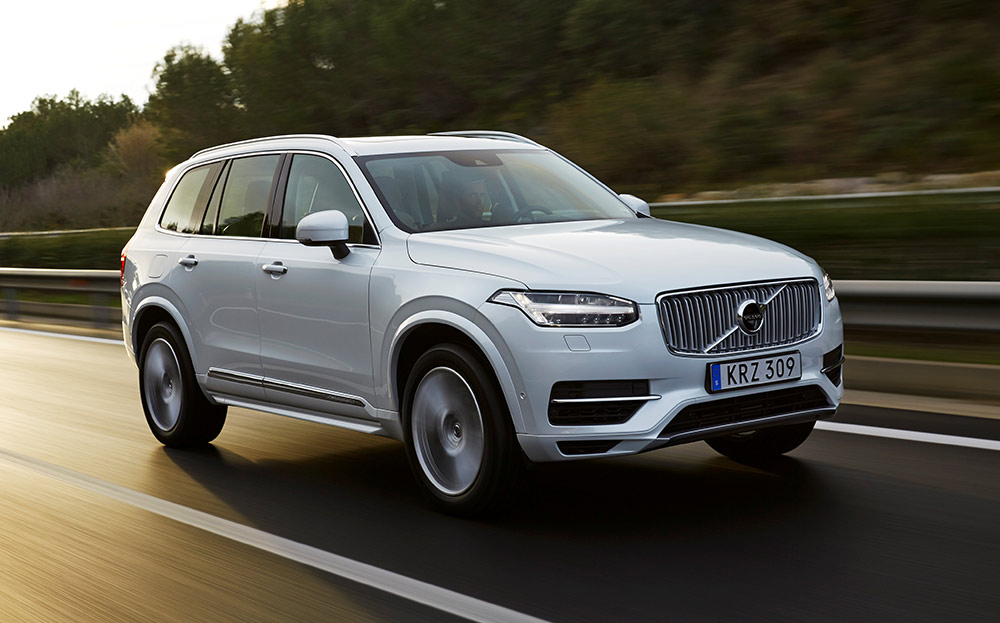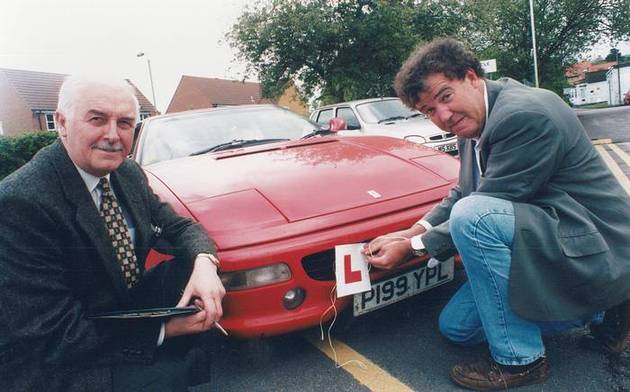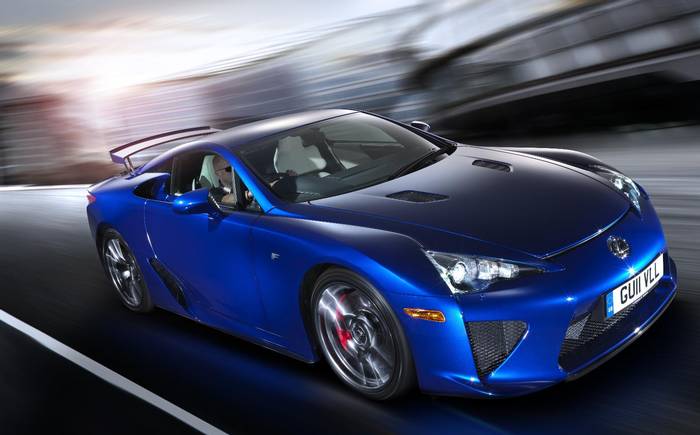Jeremy Clarkson's favourite car: Lexus LFA (2012)
Wuthering werewolves, a beast made for the moors
In 2014 we asked Jeremy Jeremy Clarkson what his favourite car of all time was. He told us it was the Lexus LFA, which he’d driven just two years earlier. In 2023, he says, his favourite car of all time hasn’t changed.
“I still haven’t driving anything which makes my thing tingle quite as much as that did,” he told us. “And if I got in one tomorrow afternoon I’d think, ‘Effing hell, this thing’s good.’ I just think it’s heavenly.”
Here’s his review in full.
This article was first published in The Sunday Times on September 9, 2012
On a recent trip to America I maintained my 100% record of never having driven though Nevada without being stopped by the police. Six trips. Six heartfelt roadside apologies to a selection of burly-looking men in beige trousers.
I was pulled over the first time for travelling in a Dodge Stealth at a very huge speed indeed. So huge, in fact, that they’d had to use an aeroplane to catch me. So vast that it would have needed three boxes on the official form. And only two were provided.
Seeing that bureaucracy would prevent him from recording how fast I’d actually been going, the extremely good-natured policeman said: “Listen, son. I know and you know how fast you were going. But, hell, it’s a beautiful evening. Let’s call it 85.” And then, after I’d said I was going back to Britain in a week, he gave me two weeks to pay the fine . . .
A few years later I was back and going even faster in a Chevrolet Corvette when, once again, Frank Cannon arrived on the scene with a stern face and a big piece. This time he was so staggered to find the communist host from that Limey motoring show on his patch, he saluted and let me go.
And so we now spool forwards to last month, when, in an attempt to show my children the real America, where real Americans live, I was taking them on the state’s back roads, flashing past remote shops where signs advised us that guns were welcome on the premises. But aliens were not.
Soon we arrived in Radiator Springs. There were a few tractor carcasses, a motley collection of trailers and one police cruiser by the stop sign I hadn’t noticed. He was very angry that some goddamn Limey had dared to breach the law in what was almost certainly a communist-made Range Rover and wanted to see my driving licence.
Finding it turned out to be a time- consuming affair. So time-consuming that after five minutes he harrumphed and let me go, saying he had better things to be getting on with. Quite what these “better things” might be in a town such as his, I’m not sure. Almost certainly they would be alien-related. Or possibly something to do with communists.
Despite everything, though, I like driving in Nevada. Even the back roads are so smooth, it felt like we were on a conveyor belt. You never need to accelerate or brake or steer. Cruise control was invented for Nevada. Driving there is as tiring as taking a bath.
I also like the sense that everything is 500 miles away and that no matter how hard you try, every journey is always completed in exactly half the time quoted by locals. “How far’s Las Vegas?” you ask. “Ooh, about eight hours,” they say. And you get there in four.
And this is even though you are forced to stop every 20 minutes because the view, which you thought couldn’t possibly get any more extraordinary, just did. And then a moment later you have to stop again because you want to photograph the dashboard, which shows two things. The time is 6.30pm. And the outside temperature is 47C.
I must confess that as the time came to leave, I wasn’t much looking forward to driving in England, where every journey takes twice as long as you’d expected and there are mealy-mouthed Peugeot drivers who won’t let you by and every road is closed so that traffic officers can safely retrieve a sweet wrapper from the carriageway and potholes are repaired by people who are being deliberately stupid and you can’t reason with law enforcement because it’s all done by cameras and petrol costs more than myrrh and it’s raining.
But then, just 24 hours after leaving Nevada, I found myself on top of a moor in Yorkshire, in the drizzle, about to get inside a Lexus LFA.
A couple of years ago a friend called about this car. He’d been offered one instead of payment for a job and was wondering if it was worth it. Embarrassed to admit I had no idea what he was talking about, I said: “Er, no.” So he took the money and bought a Ferrari instead.
So intense was my lack of interest in a Lexus sports car that when the time came to test it on Top Gear, I hid under the sofa and let Richard Hammond do it instead.
Why? Lexus doesn’t engineer its cars for Britain. They’re engineered for fatties in Texas. For the long, straight roads of Nevada. For show-off eco-mentalists in Hollywood. The SC 430 is one of the most disgusting pieces of automotive crap I’ve encountered. So why should I imagine for a moment that the LFA would be any different?
“Then you fire up the engine, snick it into first, move off and … whoa! The noise beggars belief. This is not a car that shouts or barks or growls. It howls.”
This was a car that took nine years to develop. Some would say that demonstrates a fastidious attention to detail. To me it demonstrates that the company hadn’t a clue what it was doing. There’s some evidence to suggest I’m right, because after five years, when the prototype was nearly ready, Lexus decided to scrap the aluminium body and make it instead from carbon fibre.
That took so long that by the time the finished product was ready, Formula One racing had switched to V8 engines, making the LFA’s V10 look like a dinosaur. Only not a very big one.
It develops 552 brake horsepower, which is about 200bhp less than the current going rate, and it sends this dribble of power to a flappy-paddle gearbox that has half as many clutches as, say, a Golf GTI. On paper, then, the LFA looks to be the dinner of a dog. In the flesh, however . . .
Some say it looks too similar to a Toyota Celica, or a Toyota Supra, but because it’s so wide and low it actually looks like neither of those. It looks very, very special.
And inside, it’s even better. Unlike Ferrari, which fits buttons wherever it can find a bit of space, Lexus has thought everything out beautifully in this car. Apart from the switch that engages reverse — which is behind the mileometer — there’s a Spock-like logic to everything. And when you push or pull or engage anything, there’s a sense that it will continue to work for about a thousand years. It’s the nicest car interior I’ve ever encountered. And I would never, ever, tire of the tool that moves all the dials around.
Then you fire up the engine, snick it into first, move off and … whoa! The noise beggars belief. This is not a car that shouts or barks or growls. It howls. Up there, on the moors, it sounded otherworldly. Like a werewolf that had put its foot in a gin trap. And while it isn’t as fast as you may have been expecting, you quickly realise on damp moorland roads that 552bhp is perfect. Any more and you’re going to be picking heather out of the grille for a month.
The LFA inspires tremendous confidence. Then, up ahead, you see a dip. Gouge marks in the tarmac show clearly that, over the years, many a sump has clattered into the road, and you brace for an impact that never comes. The LFA may be lower to the ground than a worm’s navel, but so successful is the suspension, it never bottoms out.
I have to say I loved it. It’s an intelligent car, built by intelligent people. In some ways it’s raw and visceral; in others it’s a lesson in common sense. Engine at the front, two seats in the middle and a boot you can use. And yet, despite this, there’s a sense that you’re in a real, full-on racer.
If cruise control was invented for Nevada, Yorkshire was invented for the LFA. It’s a car that reminds you every few seconds why we have corners.
The trouble is that only 500 are being made. And the reason only 500 are being made is that only 500 can be sold. And the reason for that is that each one costs £336,000. An idiotic price. Still, it’s not the end of the world, because you can have a Nissan GT-R. It’s nine-tenths as good. But costs almost five times less.
More from 30 Years of Clarkson


